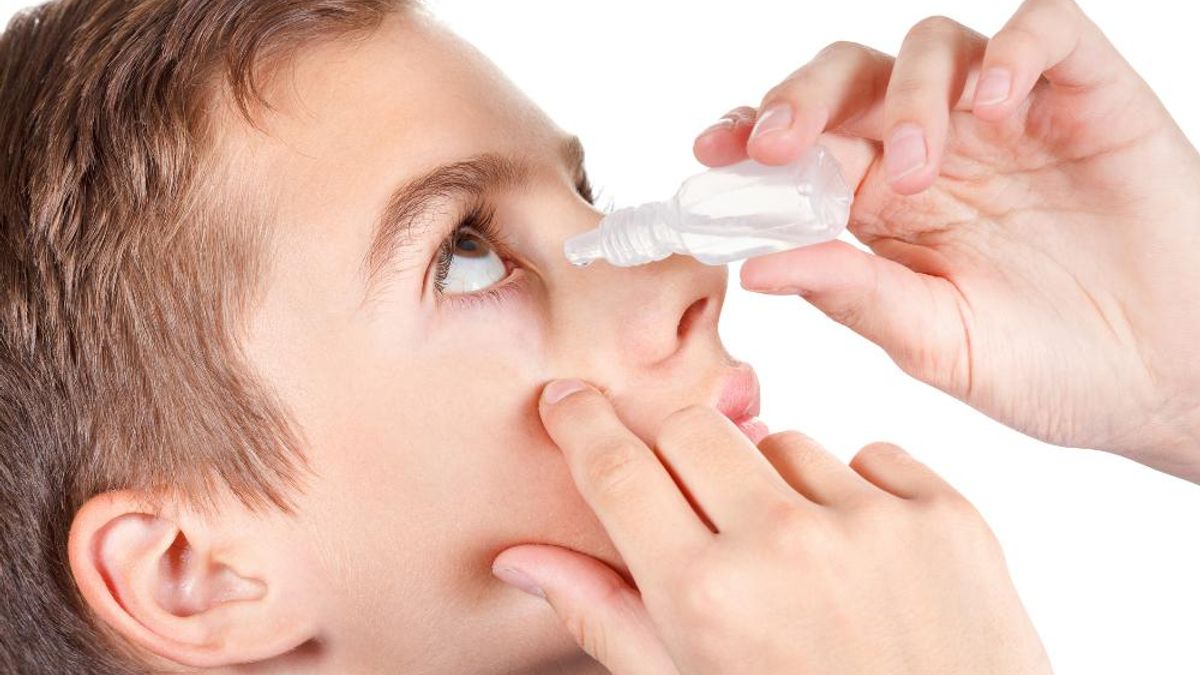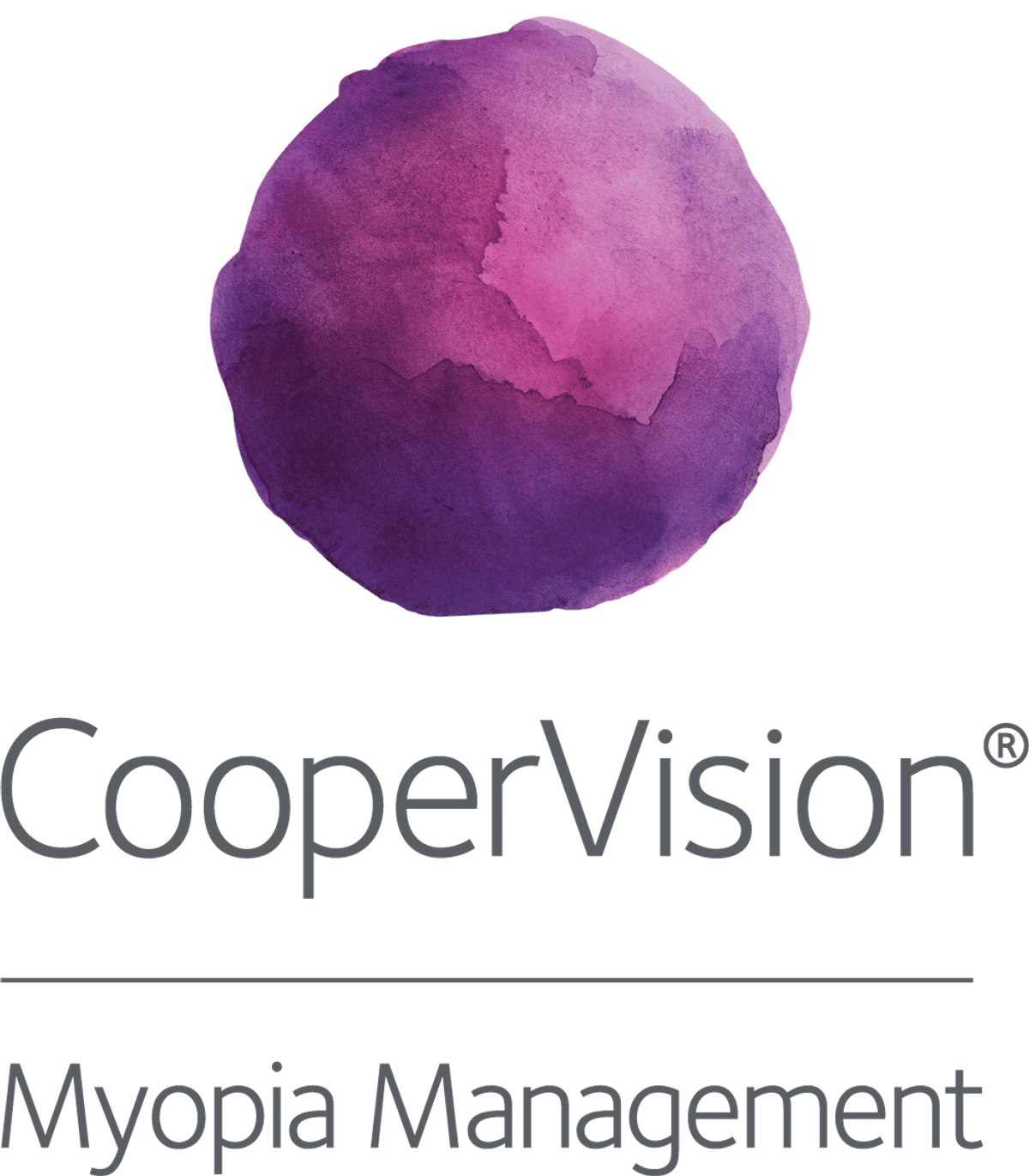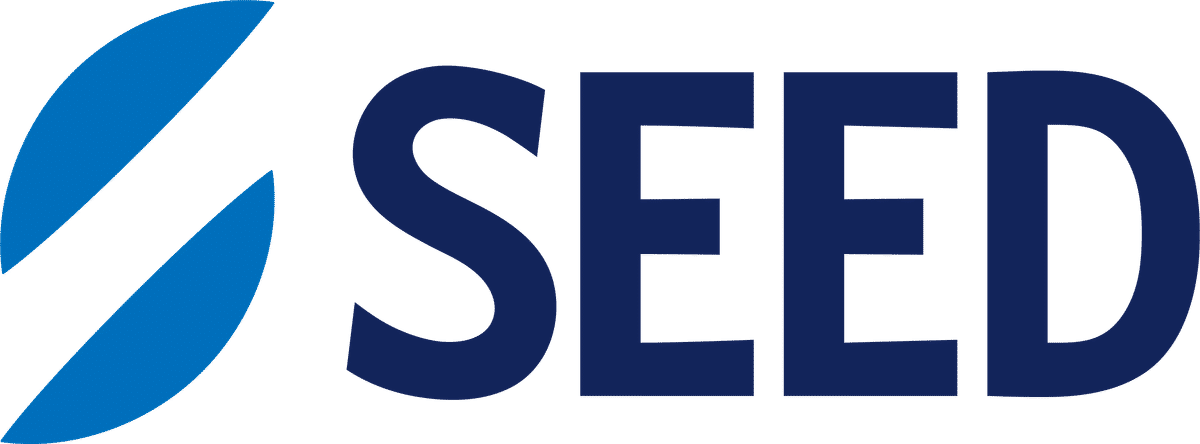Science
Orthokeratology plus atropine slows myopia progression

In this article:
This meta-analysis of 14 trials found that 0.01% atropine combined with orthokeratology slowed axial elongation more than orthokeratology alone (mean difference −0.12 mm) for low myopia and over longer treatment durations. Monotherapies had similar effects. No safety concerns were identified. Longer-term studies are needed to confirm whether the additive benefit of AOK is sustained beyond two years.
Paper title: The efficacy and safety of 0.01% atropine alone or combined with orthokeratology for children with myopia: A meta-analysis
Authors: Wang, Zengying (1); Wang, Pengfei (1); Jiang Bohua (1); Meng, Yifei (1); Qie, Sufang (1); Yan, Zhipeng (1)
1. The Third Hospital of Hebei Medical University, Shijiazhuang, Hebei Province, ChinaDate: July 23
References: Wang Z, Wang P, Jiang B, Meng Y, Qie S, Yan Z. The efficacy and safety of 0.01% atropine alone or combined with orthokeratology for children with myopia: A meta-analysis. PLoS One. 2023 Jul 26;18(7): e0282286
Summary
Orthokeratology (ortho-k) and low-concentration atropine (0.01%) are both established interventions for childhood myopia control. OK lenses reshape the cornea to induce peripheral myopic defocus, while atropine is believed to act through non-accommodative retinal and scleral pathways. Combining these two treatments provide additive effects, but previous studies have reported mixed results.
This meta-analysis included 14 studies (8 RCTs, 3 non-RCTs, and 3 retrospective studies) with a total of 1,230 children. Four studies evaluated 0.01% atropine monotherapy, and 11 examined combination treatment with ortho-k and atropine (AOK). Primary outcomes were changes in axial length (AL) and spherical equivalent refraction (SER) over follow-up periods of 6–24 months. Subgroup analyses considered baseline refraction and treatment duration.
Key findings were as follows:
- The benefit of AOK was greater in low myopia (−0.15 mm) than moderate (−0.07 mm)
- Absolute SER progression was not reported, but the weighted mean difference (WMD) showed AOK slowed progression by 0.13 D compared with OK.
- Pupil diameter increased by 0.56 mm and accommodation amplitude decreased by 1.08 mm with AOK compared to OK.
- No significant differences were found between groups for intraocular pressure, tear film break-up time, corneal endothelial cell density or visual acuity outcomes.
What does this mean for my practice?
This meta-analysis suggested that both 0.01% atropine and orthokeratology (OK) monotherapies offer similar efficacy in slowing axial elongation in children with myopia.
Combining 0.01% atropine with OK (AOK) provided greater efficacy than OK alone, with no more side-effects reported than with either treatment alone. The additive effect of AOK was most pronounced in children with low to moderate myopia (up to –3.00 D) during the first 12 months of treatment, indicating that combination therapy may be most beneficial when started early.
Larger pupil diameter (PD) was observed with AOK treatment, which supports findings from previous studies suggesting that increased PD may enhance the retinal optical effect of OK by expanding the area of peripheral myopic defocus.1,2
Read more about combination treatments in myopia management here
What do we still need to learn?
While this meta-analysis supports combining low-dose atropine with orthokeratology (AOK), some limitations remain. Few studies directly compared 0.01% atropine monotherapy with OK, and most focused on combination therapy. Follow-up periods were generally limited to two years, leaving uncertainty about whether the additive effect of AOK remains consistent over longer durations. Variations in atropine formulation, dosing, and lens design across studies may also have contributed to the heterogeneity observed in outcomes.
Although subgroup analysis indicated greater benefit in children with lower baseline myopia, further investigation is needed to better understand which patient characteristics predict the strongest response to combination therapy and how long this effect can be maintained. Future research could help clarify the long-term stability of AOK’s effect and help determine when to start combination therapy and how long to maintain it.
Abstract
Purpose: To evaluate the efficacy and safety of 0.01% atropine alone and in combination with orthokeratology for myopia control using a meta-analysis.
Methods: PubMed, Cochrane Library, and EMBASE were searched. We included eligible randomized controlled trials (RCTs), non-RCTs, and retrospective cohort studies, published up to August 1, 2022. We calculated the weighted mean difference (WMD) and 95% confidence interval (CI) for all outcomes and plotted them in forest plots.
Results: Fourteen studies were included; 4 and 11 in the 0.01% atropine monotherapy and atropine-orthokeratology (AOK) groups, respectively. Compared with orthokeratology (OK) alone, 0.01% atropine alone had similar effects on slowing the axial elongation (WMD: -0.00 mm; 95% CI: -0.05-0.04, p<0.31), while AOK significantly lowered axial growth. Moreover, the baseline myopic degree and duration of treatment were influential for the change in axial elongation (WMD: -0.12 mm; 95% CI: -0.17--0.07, p = 0.00001 and WMD: -0.11 mm; 95% CI: -0.15--0.108, p<0.00001, respectively). Additionally, the AOK may reduce the change rate of the spherical equivalent refraction and the accommodation amplitude (WMD: -0.13 D; 95% CI: 0.07-0.19, p<0.001 and WMD: -1.08 mm; 95% CI: -1.73--0.43, p<0.0001, respectively), and cause a slight increase in the diameter of the pupil (WMD: 0.56 mm; 95% CI: 0.43-0.70, p = 0.007). No significant differences in the uncorrected distant visual acuity, best corrected visual acuity, intraocular pressure, tear film break-up time, lipid layer thickness, and corneal endothelial cell density were found between the OK and AOK groups.
Conclusions: In slowing the axial elongation, 0.01% atropine alone and OK alone have similar effects, while AOK is more effective than OK alone in slowing down the axial elongation. Furthermore, the baseline degree of myopia and treatment duration may affect changes in axial elongation.
Meet the Authors:
About Ailsa Lane
Ailsa Lane is a contact lens optician based in Kent, England. She is currently completing her Advanced Diploma In Contact Lens Practice with Honours, which has ignited her interest and skills in understanding scientific research and finding its translations to clinical practice.
Read Ailsa's work in the SCIENCE domain of MyopiaProfile.com.
References
- Wan L, Wei CC, Chen CS, Chang CY, Lin CJ, Chen JJ, Tien PT, Lin HJ. The Synergistic Effects of Orthokeratology and Atropine in Slowing the Progression of Myopia. J Clin Med. 2018 Sep 7;7(9):259 [Link to open access paper]
- Chen Z, Niu L, Xue F, Qu X, Zhou Z, Zhou X, Chu R. Impact of pupil diameter on axial growth in orthokeratology. Optom Vis Sci. 2012 Nov;89(11):1636-40 [Link to abstract
Enormous thanks to our visionary sponsors
Myopia Profile’s growth into a world leading platform has been made possible through the support of our visionary sponsors, who share our mission to improve children’s vision care worldwide. Click on their logos to learn about how these companies are innovating and developing resources with us to support you in managing your patients with myopia.












